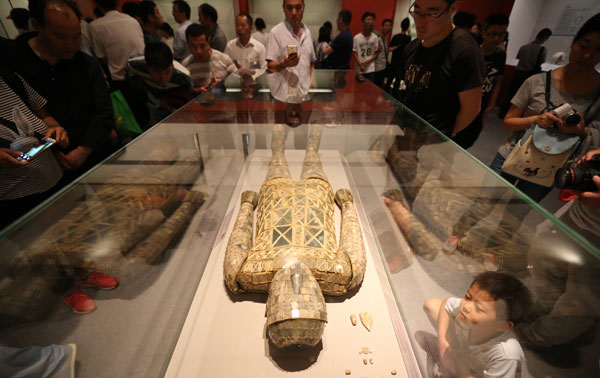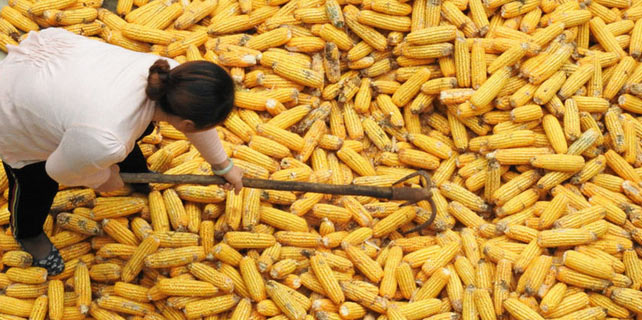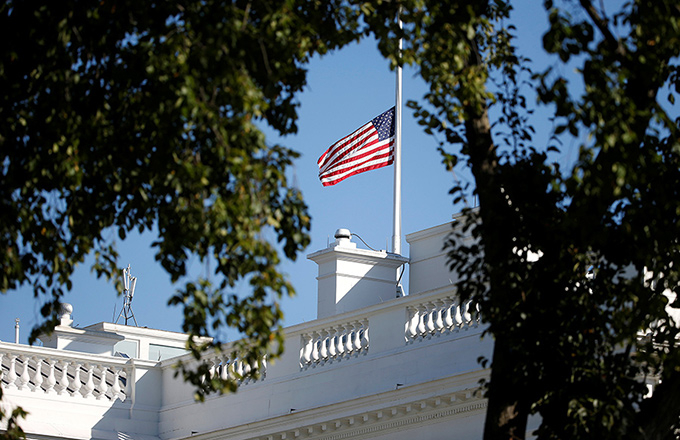A tale of two dynasties
An ongoing exhibition of Qin and Han artifacts reveals how these periods continue to influence China and the world. Lin Qi reports.
From the widely exhibited Terracotta Warriors at the mausoleum of the first Qin (221-206 BC) emperor to a human-shaped bronze lamp that has for decades been the iconic display at the Hebei Museum; from a large burial ensemble featuring 172 centimeters of jade and gold wire to a finger-sized bronze die inlaid with semiprecious stones-indeed, the ongoing exhibition, Civilizations of the Qin and Han Dynasties, inspires audiences to think more about the two empires' glory days.
The display of over 300 artifacts explores a transformational era of Chinese civilization, from 221 BC to AD 220.
The ceramics, textiles, sculptures, architectural models and other artworks navigate the reforms in politics, economics, culture, philosophy and international exchanges whose influence has lasted for 2,000 years.
The exhibition vividly explains how the two dynasties laid the foundation for modern China and the role it plays in the world. It underscores a spirit of openness, diversity and tolerance, National Museum of China deputy director Huang Zhenchun says.
The Beijing museum is hosting the exhibition of items drawn from about 30 museums and archaeological institutions across the country. Nearly half are designated as first-class artifacts by the State Administration of Cultural Heritage.
Some were exhibited at Age of Empires at the Metropolitan Museum of Art in New York from April to July. Thomas Campbell, then the Met's director, described the exhibition as a "blockbuster show".
The other artifacts are on loan from museums around the nation. Several are "icons" on permanent display, says Wang Jun, director of Art Exhibitions China, a government institution that supports overseas exhibitions of Chinese cultural relics.
Shan Ying, the show's curator at the National Museum of China, says the Met show emphasized the two empires' cultural brilliance. It made it easier for audiences in the United States to understand.

















